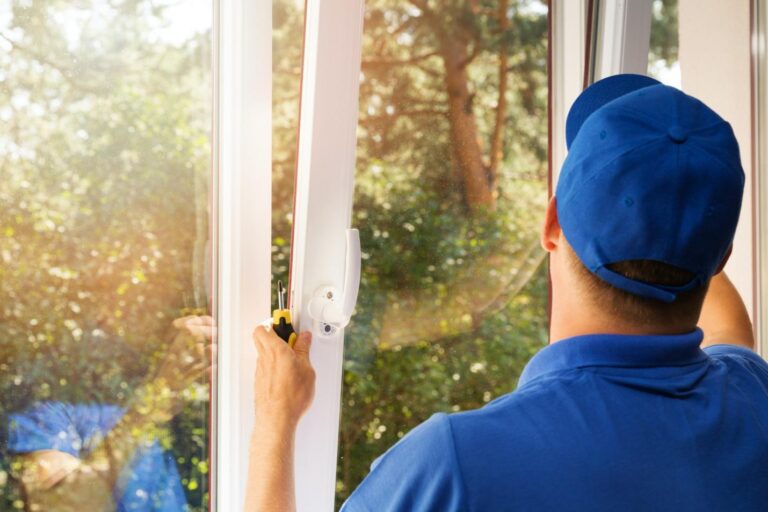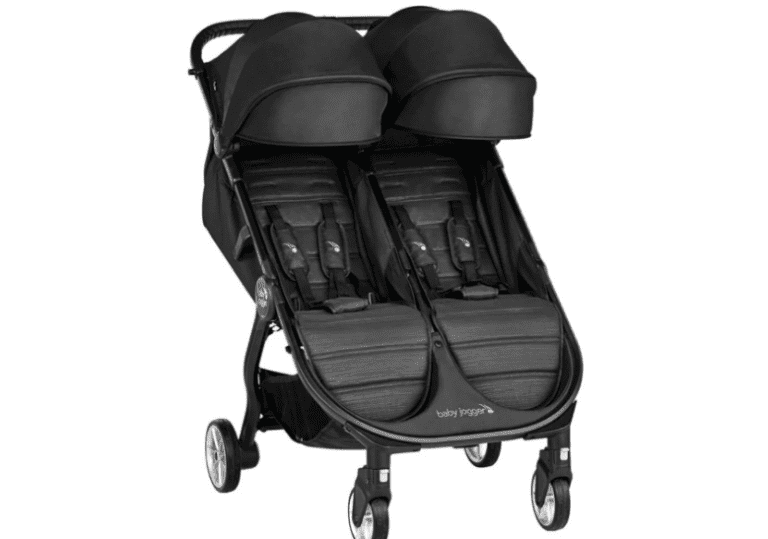How To Humanely Remove Rats From Your Attic
North America is currently facing a huge rat problem. In fact, it is reported that in 2021 alone, over $1 billion worth of crops were lost due to rat infestations.
Besides attacking farms and food stores, these pests are also invading homes and causing serious damage to furniture, walls, floors, and personal belongings. If you suspect that rats might have made their way into your roof void, you need to take serious steps to deal with the infestation. Fortunately, there are several ways you can get rid of rats in your attic without killing or harming them.
In this article, we are going to take a look at some of the most effective and humane pest control methods, ways to stop rats from entering your home and spreading into other rooms, as well as the natural deterrents and predators of rats.
Seal Your Roof Void
Rats are tiny creatures that can squeeze through any holes or gaps that can fit two fingers through. It is thus crucial to ensure that any holes in your walls and ceiling are sealed to keep rats from using them to gain entry into your home.
Also, you can consider hiring a professional to repair and seal your walls. However, you can still fill the gaps yourself using caulk, cement, and steel wool.
While it might seem like a quick and easy solution, placing heavy objects in front of the holes isn’t always a good idea since the rats can still slip past your furniture and even utilize it for shelter.
It is also important that you regularly check your roof void and walls to ensure that the seals are actually working as expected. If this is not the case, consider hiring a professional.
If you have rats in your roof void, one of your first priorities should be to keep them from spreading to other areas of your home. To do this, install strips around the doors to keep rats from slipping through and also keep the doors locked.
Get Rid of Food and Water Sources
As you might already know, rats can feed on any available source of food. This includes rotten food and crumbs. Additionally, they are also known to feed on other small critters, such as birds and insects. If you suspect that you might have a rodent or other pest infestation, it is always best to hire a pest control company as soon as possible.
While rats typically obtain their water from the food they consume, they can still get water from drains or condensation.
Remove Nesting Materials
In the outdoors, rats typically use weeds and grasses for shelter. In case you have grasses within your compound, ensure to have them trimmed to eliminate this source of shelter.
Inside your house, rats have many options when it comes to materials that they can use as sources of shelter. They can slip under your furniture and gnaw off wood to create their nests. To avoid this, remove any wooden furniture or timber from the roof space.
One of the key reasons why rats prefer roof spaces is that they are not only dark, but they experience very little to no human traffic. To get around this, clear the space of any stored items to make it hard for them to settle there.
Rats can also hide inside your walls, which makes it much harder to get rid of them. Keep a keen ear out for any squeaks or unusual noises inside your walls. If you are unable to reach them or drive them out, consider hiring a professional.
Set Traps
One common alternative to rat poison is the use of rat traps. Some of the most commonly used types of traps are those that snap around the rat’s neck. By establishing the rodents’ path of travel, you will be able to identify the most strategic locations to lay out these traps.
However, the biggest problem with traditional rat traps is that they get rid of these rats by killing them and may only get rid of one rat at a time. Keep in mind that removing a dead rat is highly unhygienic, and the dead rats may carry deadly bacteria. Glue traps are not only inhumane, as they torture the rats before they die, but they are difficult to clean.
Cages are the safest and most effective option when it comes to rat traps. These can trap multiple rats at once without harming them. These should be laid out strategically in the corners of the attic. For bait, you can use fruit and//or nut butter.
Remember to check your traps every day and remove them when they get full. To ensure that you don’t forget where the traps are, draw a map or use your phone to take pictures of them.
Make Use of Natural Deterrents
If the above options don’t work, there are several natural deterrents you can consider. Peppermint oil is one such option. It produces a pungent smell that rats really dislike. To use this technique, place cotton balls dipped in peppermint oil on the floors and inside walls.
The spicy smell of pepper flakes is unbearable to rats and makes it difficult for them to breathe. You can lay them out around the entrance of your roof void as well as under your furniture.
Alternatively, you can use slices of onion and garlic. Remember to throw away the onion slices after a few days before they start rotting.
While ammonia serves as an excellent rat repellant, it can make it difficult for you to breathe. You can spray a mixture of water, detergent, and ammonia in the corners of your roof void.
Rat predators include large birds such as owls, hawks, and falcons. To deal with a rat infestation in your outdoors, consider investing in some nest boxes to lure in birds that will hunt the rodents and destroy their nests.
Get Rid of Rats In Your Roof Void
If you have rats in your roof void, you need to take urgent action. Start by sealing your doors and walls and getting rid of any items that the rats can use as a source of food, water, or shelter.
Set up traps and cages around the roof void to contain the rats. If you want to get rid of the rats without harming them, use natural deterrents such as ammonia and peppermint oil. Use predators such as large birds and cats to control rat infestations outside your house.
If everything fails, hiring a professional is always the best and most effective option.






